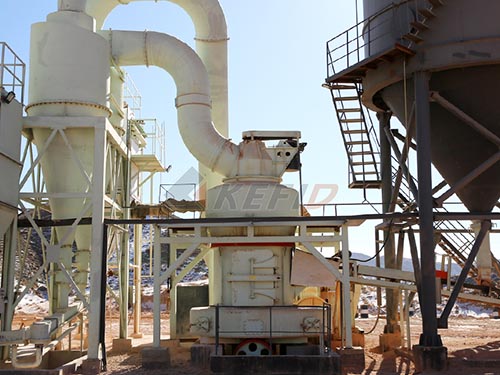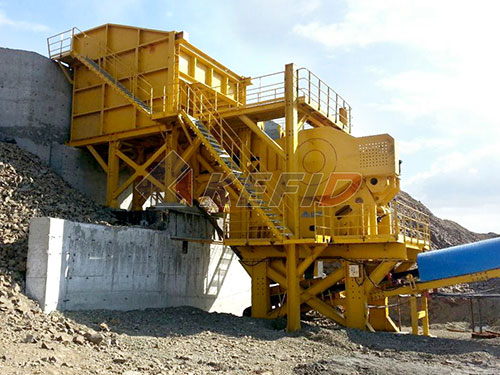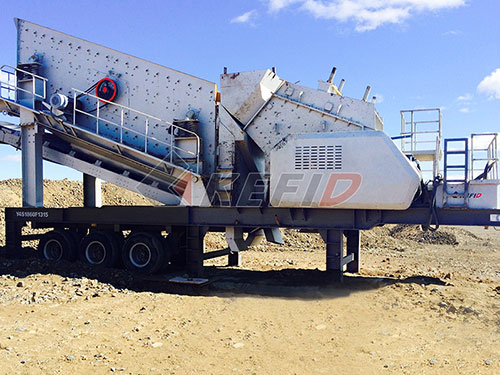The Universal Crusher: Versatility Redefined in Material Size Reduction
In the vast landscape of industrial processing – spanning mining aggregates, chemical production, recycling operations, food processing, and pharmaceuticals – the consistent challenge is efficiently reducing raw materials to a desired size or consistency. Among the diverse arsenal of crushing equipment available, one category stands out for its remarkable adaptability and widespread utility: The Universal Crusher. More than just a specific model name often associated with brands like Williams Patent Crusher & Pulverizer Co., Inc., it represents a fundamental design philosophy centered on versatility and robust performance across a broad spectrum of applications.

Beyond a Name: Defining the Universal Concept
While “Universal Crusher” might evoke images of specific legacy machines (like those pioneered by Williams), its true significance lies in its functional definition:

1. Multi-Material Capability: A true universal crusher excels at handling an exceptionally wide range of materials – from soft and fibrous substances like wood pulp, paper rolls, biomass, and agricultural products; to friable minerals like coal, limestone, gypsum; moderately hard ores; clays; chemicals; and even tough recyclables like electronic scrap or bulky waste.
2. Impact-Based Reduction: At its core, it operates primarily on the principle of impact crushing. High-speed rotating hammers or beaters impart kinetic energy onto incoming feed material.
3. Interchangeable Components: A hallmark feature is the ability to easily swap key components – particularly hammers/beaters and screens/grates – to radically alter the machine’s performance characteristics for different materials or desired output sizes.
4. Robust Simplicity: Designed for heavy-duty service with relatively straightforward mechanics compared to highly specialized crushers.
Anatomy of Versatility: Core Components & Function
Understanding how a universal crusher achieves its adaptability requires examining its key components:
1. Rotor Assembly: The heart of the machine.
Rotor Shaft: A heavy-duty shaft supported by bearings within the housing.
Rotating Discs/Plates: Mounted perpendicularly along the shaft.
Hammers/Beaters: Pivotal elements attached via pins passing through holes in the discs/plates and through holes in each hammer head itself. This pivotal mounting allows hammers to swing freely as they rotate at high speed.
Variations: Hammers come in myriad shapes (bar type, paddle type), weights (lightweight for fri

Leave a Reply